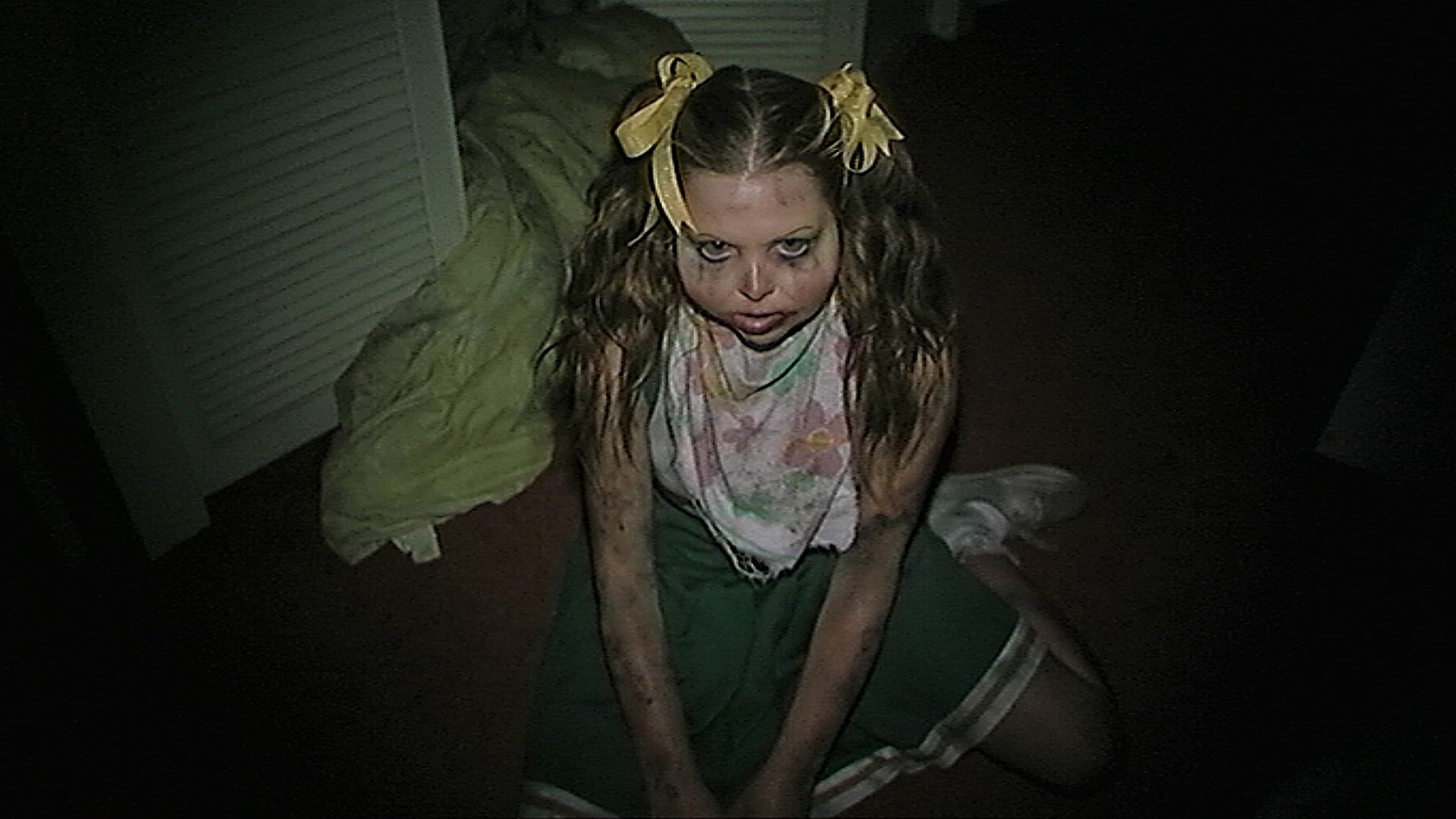The directors of the latest installment in the V/H/S series, titled V/H/S Halloween, gathered for a post-premiere discussion at the 2025 Austin’s Fantastic Fest. During this event, they explored the unique challenges of creating found-footage horror films, a subgenre that has evolved since its explosive rise in the late 1990s and early 2000s. Anna Zlokovic, one of the directors, described the process as “hard as heck” to shoot, a sentiment echoed by her fellow filmmakers.
The V/H/S franchise has consistently pushed the boundaries of horror, with its latest edition featuring five shorts that revolve around Halloween themes. The narratives are linked by a central story titled “Diet Phantasma,” which follows a detached scientist conducting deadly experiments on a diet cola.
In the discussion, Micheline Pitt, co-director of “Home Haunt,” expressed that one of the most significant challenges in found-footage horror is the creative limitations imposed by the perspective of the camera operator. “Everything has to be motivated by the person holding the camera,” she said, emphasizing the difficulty of separating one’s artistic vision from the constraints of the genre.
Conversely, Alex Ross Perry, director of “Kidprint,” found freedom in the open set design typical of found-footage films. He noted that once blocking is established in this format, the coverage becomes significantly more straightforward. “You shoot the scene once, and that’s it. We don’t have to get his line, his line, his line,” Perry explained. He highlighted how this simplicity can be liberating compared to traditional filmmaking methods.
Zlokovic raised another crucial point regarding the audience’s suspension of disbelief. She stated that every element must feel authentic, from the sound to the performances. “If you have something absurd, like an adult man in a diaper, how do you sell that as realistic?” she asked, underscoring the precarious balance that filmmakers must maintain to keep viewers engaged.
The directors also shared insights into the technical challenges of filming. Bryan M. Ferguson, who directed “Diet Phantasma,” discussed the intricacies of coordinating practical effects under time constraints. “We only had three days to do it. It is liberating because with found footage, you can take certain liberties with it,” he said, noting that any mistakes can blend into the chaotic aesthetic of the genre.
As the conversation progressed, R.H. Norman, co-director of “Home Haunt,” pointed out that rhythm is another critical aspect when shooting predominantly oners, or single-take shots. “We only had two or three takes per shot because ours was very ambitious,” he explained, emphasizing the importance of capturing the right flow without the opportunity for traditional editing.
The directors also reflected on their proudest moments from the shoot. Perry highlighted a particularly complex shot involving multiple monitors, which required meticulous planning. “It looks so simple, but it took three days of planning to get to that image,” he shared. Pitt fondly recalled a challenging scene involving a witch’s flight that required precise timing and teamwork.
Zlokovic expressed pride in a continuous shot where characters navigate a series of chaotic events without cuts, remarking that the first few takes “suuuuucked,” but ultimately, the final version felt authentic and engaging. Ferguson added a comedic note, recalling the humorous tension as they managed a prop explosion, which had to be executed perfectly within a limited timeframe.
Finally, Casper Kelly, director of “Fun Size,” and Paco Plaza, director of “Ut Supra Sic Infra,” offered their insights into crafting moments of humor and horror in their segments. Plaza noted the importance of timing in creating believable horror, emphasizing the need for the camera to arrive late to significant events to maintain realism.
As horror enthusiasts await the release of V/H/S Halloween, the insights shared by its directors provide a deeper appreciation for the complexities of found-footage filmmaking. The anthology is now available for streaming on Shudder, and it promises to keep the spirit of the genre alive with its innovative storytelling and creative challenges.
